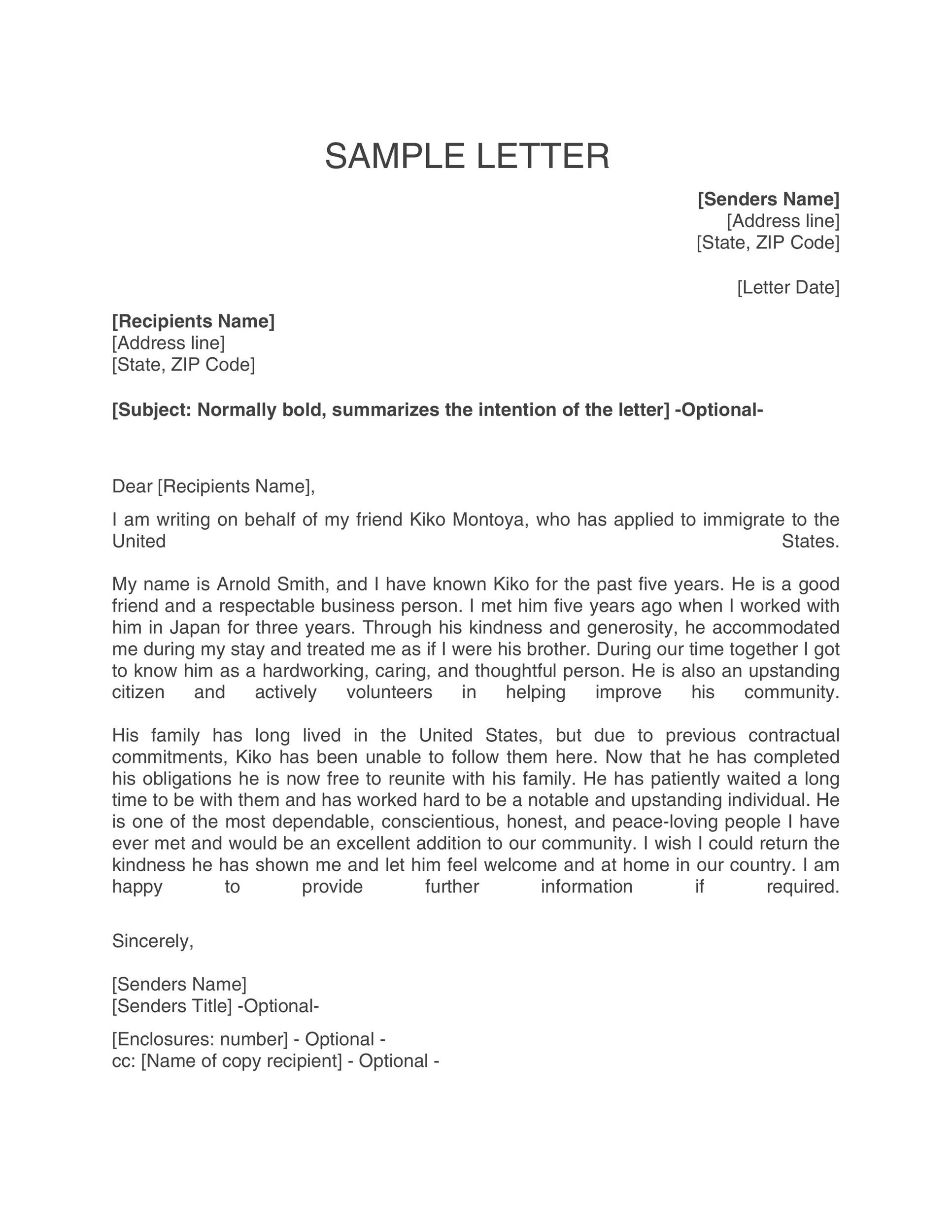Police and Criminal Evidence Act 1984 (PACE) codes of.
Changes to legislation: Police and Criminal Evidence Act 1984 is up to date with all changes known to be in force on or before 27 April 2020. There are changes that may be brought into force at a future date.Police and Criminal Evidence Act 1984, Introductory Text is up to date with all changes known to be in force on or before 24 April 2020. There are changes that may be brought into force at a future date. Changes that have been made appear in the content and are referenced with annotations.The Role of a Custody Officer Essay. The role of the custody officer was created by the Police and Criminal evidence act 1984 (PACE act). Throughout this essay I will be discussing the role of the custody officer and exploring the stages that must be undertaken when a person is detained and processed through custody post arrest.
The effect of s78 Police and Criminal Evidence Act 1984 Essay. PACE. University. University of Kent. Module. The Law of Evidence LW518. Uploaded by. Ticen Azize Rasit.Title How effective is police stop and search (PACE act 1984)? Introduction This assessment will focus on Section 1 of The Police and Criminal Evidence Act 1984 (Stop and Search powers). I will look at the use of stop and search before the Macpherson report and after the Macpherson report and compare how it has changed. The use of stop and.

All these miscarriages of justice emphasized the flaws in the criminal justice system. This brought about the introduction of Police and Criminal Evidence Act (PACE), 1984. The act provided a Code of Practice which covered various areas such as detention, treatment and questioning by police and tape recording of interviews. The code of practice.












